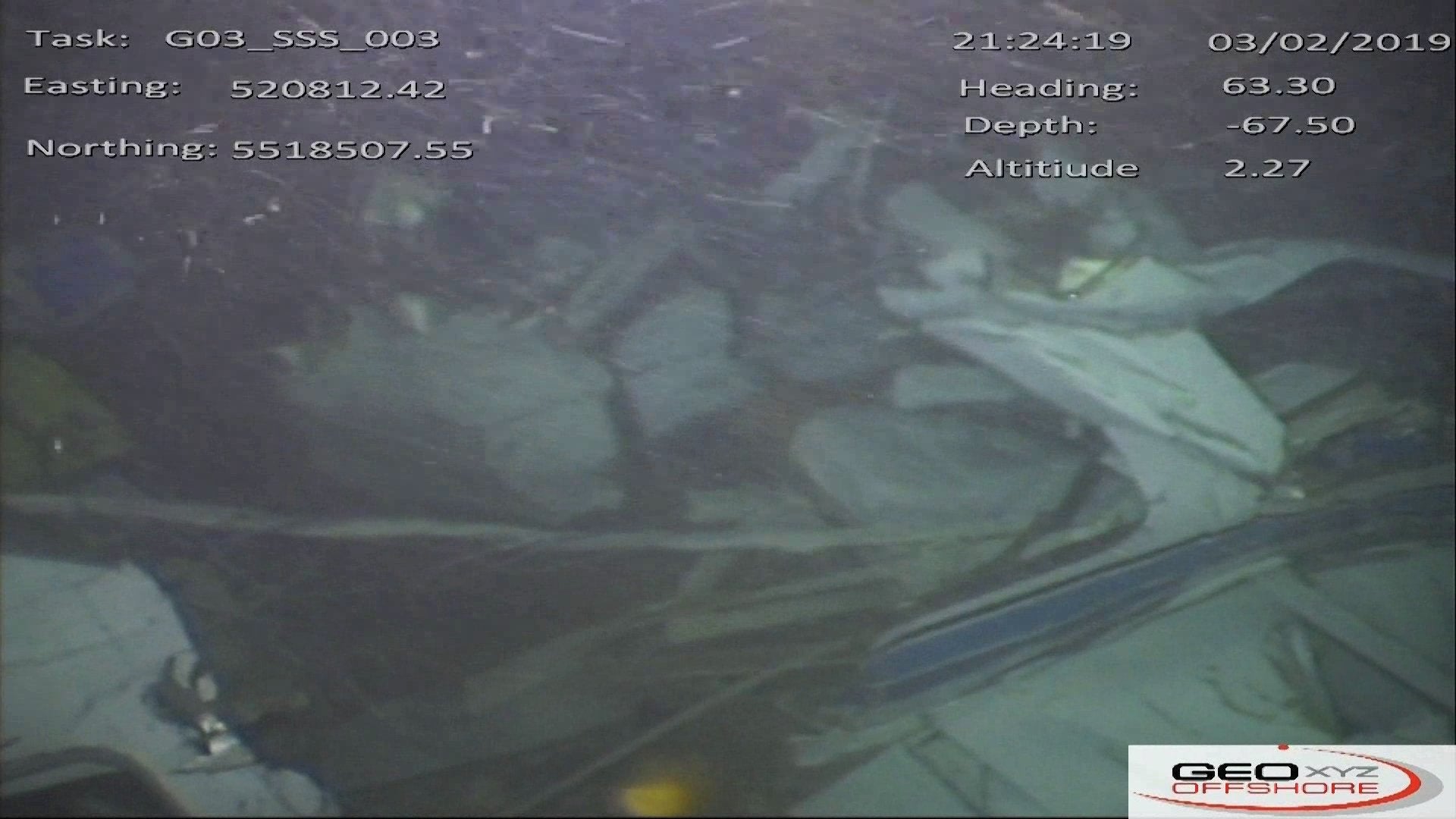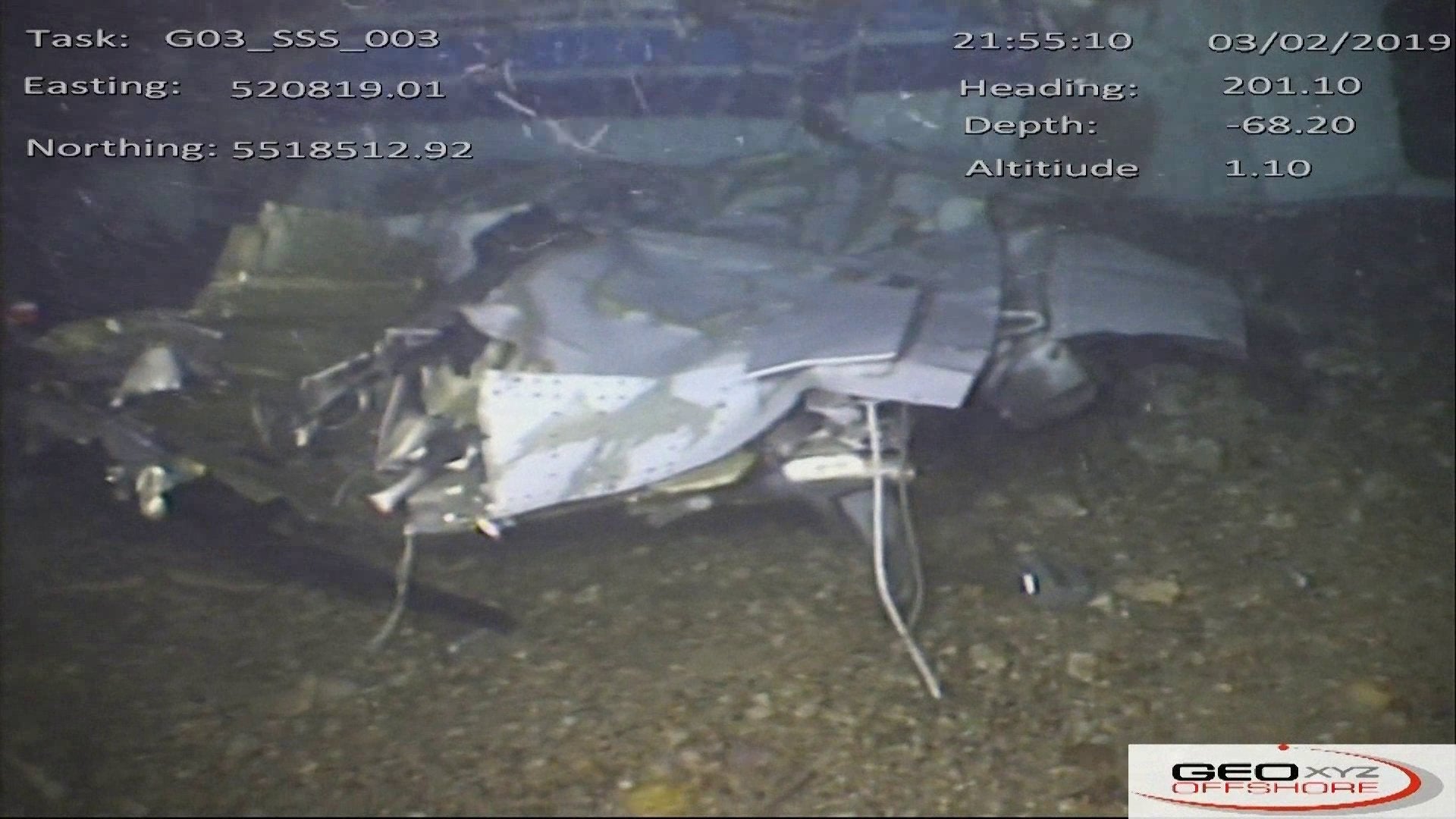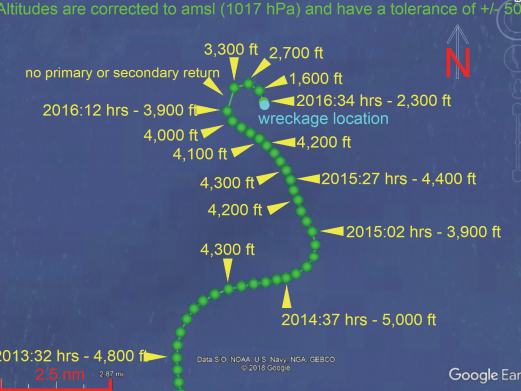Emiliano Sala: Investigators release report detailing route and final minutes before plane crash that killed Cardiff striker
The AAIB have released their findings after the crash which claimed the lives of pilot David Ibbotson and Cardiff City's Emiliano Sala

Your support helps us to tell the story
From reproductive rights to climate change to Big Tech, The Independent is on the ground when the story is developing. Whether it's investigating the financials of Elon Musk's pro-Trump PAC or producing our latest documentary, 'The A Word', which shines a light on the American women fighting for reproductive rights, we know how important it is to parse out the facts from the messaging.
At such a critical moment in US history, we need reporters on the ground. Your donation allows us to keep sending journalists to speak to both sides of the story.
The Independent is trusted by Americans across the entire political spectrum. And unlike many other quality news outlets, we choose not to lock Americans out of our reporting and analysis with paywalls. We believe quality journalism should be available to everyone, paid for by those who can afford it.
Your support makes all the difference.The Air Accident Investigations Branch (AAIB) has released an interim report detailing the final minutes of David Ibbotson and Emiliano Sala's doomed flight from Nantes to Cardiff.
Just over a month on from the plane's disappearance late on the evening of January 21st, the AAIB have released their preliminary findings after conducting a lengthy and detailed investigation into what happened. A full report will come in due course.
Principal Inspector Geraint Herbert of the AAIB said: “Today the Air Accidents Investigation Branch is publishing a special bulletin which contain all the factual information that we have found to date in our investigation into the loss of the Piper Malibu aircraft in the English Channel.
“So Far the Air Accidents Investigation branch has been gathering evidence. We have been gathering evidence from the wreckage, from video of the wreckage, we’ve been looking at radar evidence, we’ve been looking at weather reports we have from the area and we’ve been interviewing witnesses.
“The Air Accidents Investigation Branch will now analyse the evidence we have to try and build a picture of what happened between the last radar contact we have of the aircraft and when it came to rest on the seabed to try and determine why the accident happened.”
In their latest update, the AAIB reveals that the plane had been subject to scheduled maintenance just a few months before with no problems, and that the Piper Malibu aircraft was fitted with "an ice protection system that allowed it to fly into known icing conditions."
Data from the Met Office indicates that the "freezing level around the Channel Islands was between 3,000ft and 4,000ft above sea level" while the report details several sharp changes in altitude from the aircraft.
During it's final moments while still in contact with Jersey Air Traffic Control, the Piper Malibu aircraft was seen on radar to turn 180 degrees to the right, back towards the island of Guernsey.
During the turn, the aircraft's altitude dropped from 2,700ft to 1,600ft at a rate of 7,000ft per minute, and then "may have climbed to 2,300ft". Two more primary radar recordings were picked up before full contact was lost, but it is not yet known if these readings - picked up at 8:16:38pm and 8:16:50pm - are valid to the path of the aircraft.
The AAIB also released new images of the aircraft wreckage underwater that were taken by the Remotely Operated Vehicle (ROV).



The report also sets out the key areas that further investigations will focus on.
Investigators are now working to establish four key areas of interest, which are:
- Refine the analysis of the radar information to try and understand the last few minutes of the flight.
- Assess the possible implications of the weather conditions in the area at the time of the accident.
- Analyse video from the ROV to determine the aircraft attitude as it entered the water.
- Consider the regulatory requirements surrounding the flight including airworthiness requirements, aircraft permissions and flight crew licencing.
A report from Fox Sports in Argentina over the weekend accused Mr Ibbotson of a number of "basic errors" including the incorrect completion of paperwork relating to the plane and even questions over whether he was permitted to fly at night even if conditions were clear.

The AAIB report makes clear that investigators are yet to establish whether Ibbotson had ticked the relevant boxes to carry passengers on a "cost-sharing basis" as his licence and logbook were lost with the aircraft "and so the ratings on his licences and their validity... have not yet been determined."
Join our commenting forum
Join thought-provoking conversations, follow other Independent readers and see their replies
0Comments